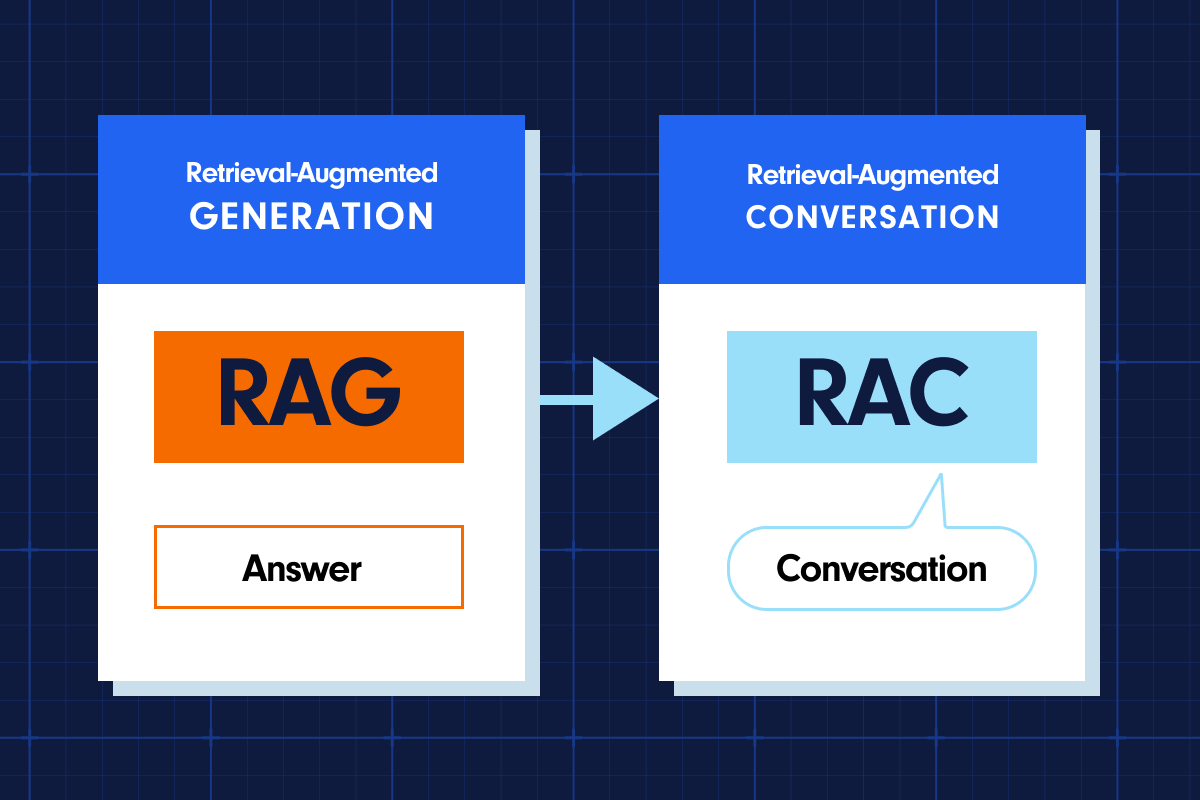Artificial intelligence is becoming an essential tool for the service sector — aiding in everything from service delivery and customer support, to employee training.
With nearly 50% of companies reporting that they’ve adopted AI in at least one business function, trends indicate that tech-forward companies are past figuring out if they should lean on AI’s capabilities. Instead, they’re figuring out when they’ll make the investment and how they will implement it.
As companies weigh the pros and cons of adoption, an even bigger question arises: is it better to build a solution in-house or buy it from a vendor?
Ultimately, the questions you should consider are:
- Which option delivers maximum organizational benefit?
- What is the difference in deployment time for building vs. buying?
- How much will it cost to build vs. buy?
- What internal resources or additional consultants will be needed for each option?
- If a quick-to-implement solution fits your organization’s needs, will it offer better ROI in comparison to building a perfect, custom solution that may take twice as much time and resources?
It’s about what offers the biggest benefit to your organization. Here are a few expert tips for figuring out which path is the best fit.
Building an AI Solution
Pros:
- Customization: You can reduce overhead costs by building a solution that’s just right for your company, skipping any unnecessary features.
- Flexibility: You know your needs the best. By building your solution, you have the opportunity to create an easily-modifiable tool that can accommodate future needs or ad-hoc requests.
- Controlled Integration: As you have insight into all of your pre-existing processes, tools, and software, you can engineer a solution that fully integrates with all of them.
Cons:
- Added Expenses: Custom tools are significantly more expensive due to the additional costs. You may need to outsource some of the talent needed to create such a solution, as it can be too much for one internal task force to tackle.
- Time: Building an AI system in-house is often a multi-year process. Sorting through internal information sources and translating info into usable data can be challenging. Plus, factor in the time you spend training and improving your AI models.
Buying an AI Solution
Pros:
- Cost Effective: AI vendors are the experts. They already have a dedicated/established team and the knowledge needed to pull off a huge launch — no outsourcing necessary.
- Quick Deployment: Many AI solutions are pre-built, so it may only be a matter of you supplying your data, and having your vendor analyze and configure it to your organization’s needs.
- Consistent System Upgrades: AI vendors are always maintaining and updating their solutions. They also have dedicated customer success teams ready to help answer questions or figure out additional solutions.
Cons:
- Less Opportunity to Customize: This can be a dealbreaker for many, as the solution isn’t built specifically for your organization.
- Less Control: The vendor controls updates and functionalities, so you can’t add features on demand.
I’ve made a decision. What’s next?
Once you’ve made your choice in the age-old buy-or-build debate, the next step is to get your stakeholders on board. Luckily, we wrote the blueprint for success.
GUIDE
Check out our eBook, How to Secure Buy-In for Service Transformation Projects, for expert recommendations on getting even the most skeptical executives to see your AI vision.
Recent Posts
-

How Businesses Can Avoid Becoming Part of Gartner’s Predicted 40% Failure Rate in Agentic AI Projects
Read More »July 14, 2025 Assaf Melochna






